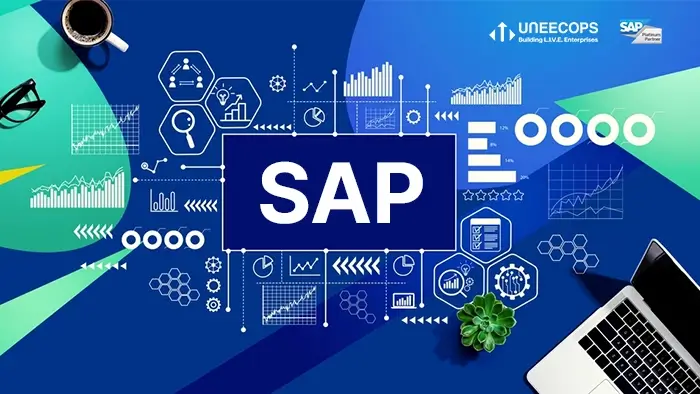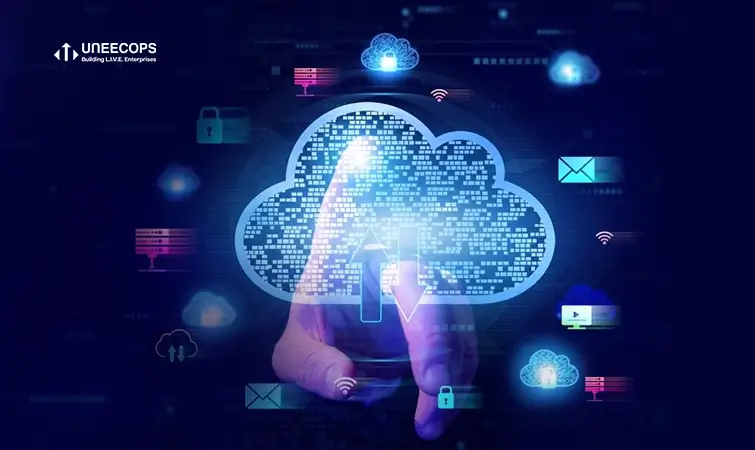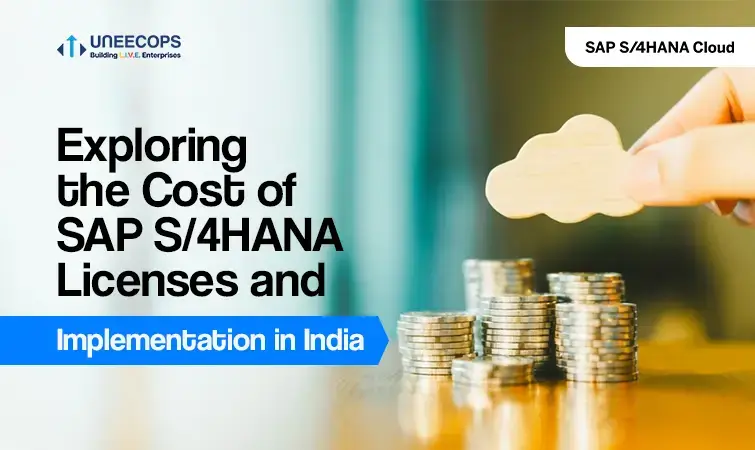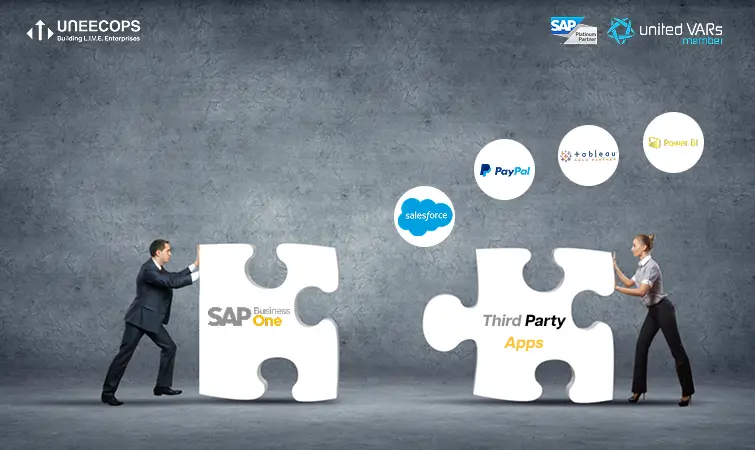SAP has always been at the forefront of enabling digital transformation for organizations across the globe. However, considering the landscape changes quite rapidly, certain key trends are bound to shape the way businesses operate in their respective markets through the means of SAP’s features by the year 2025. With this write-up we will be exploring the SAP trends that will be quite prominent in the year 2025, focusing on digital transformation, S/4HANA Cloud, artificial intelligence in ERP, predictive analytics, IoT integration, and machine learning in SAP.
- Digital Transformation: The Foundation for SAP’s Growth
Businesses have had to face major disruptions in recent years, and working with SAP has turned into a requisite in order to not just stay relevant in the market, but rather strive to grow with the ongoing changes across several industries. By 2025, we can expect SAP to have an even bigger role when it comes to overall transformations.
The SAP Business Technology Platform BTP and S/4HANA Cloud serve to improve this incremental ecosystem. These platforms will enable companies to democratize their processes, applications, and data into a singular integrated system. In turn, this will allow consumers to gain insights instantaneously, make quicker and more assertive decisions as well as exhibit responses in situations in which market conditions keep altering. Furthermore, the aspect of sustainability is also highly regarded by SAP, especially when considering the tools, they have on offer, it is evident that there is a genuine desire to allow businesses to be far more sustainable yet grow their profits.
In the end, organizations that embrace the move towards a digital transformation anchored by SAP should take full advantage of elevated customer satisfaction, improved business supply chains, and new forms of business practices.
- S/4HANA Cloud: The Next Generation of ERP Systems
The transition to Cloud-based ERP encompasses rapid transformation to which S/4HANA Cloud has emerged as the leading cause. The race for businesses has shifted from purchase and implementation cost emphasis towards growth, phase of deployment, and cost-effective opportunities to which the adoption of S/4HANA Cloud is expected to be completed by 2025.
S/4HANA Cloud brings ERP processes together forming a new structure for the business units which are able to request customized implementation of the solution. They enable the company to operate without waiting and allow for quickly informed decision-making based on real-time availabilities and analyses.
Furthermore, SAP’s RISE with SAP program continues to facilitate the transition of companies from their on-premises registered systems to the cloud environment. S/4HANA Cloud enables them to secure the future of their operations by acquiring constant upgrades and innovations that are made possible by SAP’s cloud network.
- Artificial Intelligence in ERP: Redefining Business Processes
Artificial Intelligence has already crossed the borderline to become an integral component of current ERP systems. For SAP Trends in 2025, AI will thus be baked into SAP’s solutions and their sub-components for automation, optimization, and intelligence of numerous business processes.
SAP uses Artificial Intelligence in ERP to improve the systems for customers in business such as financial budgeting, supply chain management, and servicing clients.
For instance, in SAP applications AI Bots can help refine customer engagement as well as repetitive tasks through the introduction of intelligent automation. Which helps ensure that human resources are engaged in more critical activities.
One of the main reasons for the wider use of AI in SAP is the existing AI capabilities in the S/4HANA integrated system. Attributes such as outlier detection, equipment maintenance, and future demand expansion are changing the operations of business organizations. SAP users will experience great efficiency and innovation as AI features advance.
- Predictive Analytics: From Insights to Action
Predictive analytics is changing how companies perceive data and what actions they should take rather than waiting to take the action only after the data has been analyzed. In the case of SAP Trends in 2025, this prediction can pertinently form part of the strategic planning of the organizations.
SAP Analytics Cloud, incorporating predictive analytics into core enterprise business processes shows strong potential. It does this by applying machine learning and AI algorithms which allow the SAC to discern patterns, anticipate events, and recommend the best course of action in real time.
- IoT Integration: Bridging the Physical and Digital Worlds
Industries are being disrupted by the Internet of Things, as the connection of physical assets to the digital world gets stronger. For SAP Trends in 2025, SAP IoT integration capabilities unlock new possibilities for businesses to optimize operations, increase visibility, and develop value-added services. Trusting IoT-enabled solutions from SAP, businesses are able to collect sensors, devices, and machine data, and analyze it.
For example, in Manufacturing IoT integration will be able to integrate team members and deteriorating equipment such that it can let them know of potential failures, maintenance can then be performed timely and efficiently, while in Retail IoT Integration applications can monitor stocks and notify management as soon as a stock is near depletion thus saving them from overstocking and stockouts.
- Machine Learning in SAP: Driving Intelligent Automation
For corporate clients who are required to leverage the productivity of the enterprise: SAP’s artificial intelligence is a way out. Machine learning in SAP is used for utilization in fraud analysis, recommendation systems for customers’ segmentation, and logistics business systems monitoring. As an example, in procurement activities, items supplied by different contractors can be analyzed with the aid of vendors’ history and the microeconomics of their industry, leading to ML identifying areas of economizing. In HR, ML will enhance hiring processes by assisting in recruitment through skill matching.
The intertwining of machine learning and SAP S/4HANA as well as alternative systems guarantees that companies will be able to delegate tedious and intricate endeavors, lower mistakes made during completion, and redirect attention towards improvement.
With the advent of new ML technologies, we expect that SAP solutions become more useful, allowing the enterprise to be even more effective and efficient.
Future-proof and Fabulous
With the time frame reaching the year 2025, it is evident that SAP will be able to dramatically influence the business sphere. For enabling complete business digitalization, and for turning artificial intelligence, predictive analytics, IoT integration, and machine learning into reality, SAP places itself as a contributor to the progress and efficiency of companies around the globe.
The growth of S/4HANA Cloud along with other technologies such as AI and ML will ensure that the providers are ready and fully operational for any active marketplace. By combining IoT and analytics, SAP equips enterprises to be ready to face the challenges and grab the opportunities that come along.
In a fast-changing environment, the adoption of SAP trends in 2025 in order to be competitive is no longer a source of competitive advantage, but rather obligatory for companies who expect to be successful in 2025 and in the future. For effective management of the future, whether it is for operational efficiency, customer experience, or sustainability achievement – SAP has been and will be the best partner.
Don’t Just Watch Trends, Lead Them – Partner With Uneecops for SAP Success!







